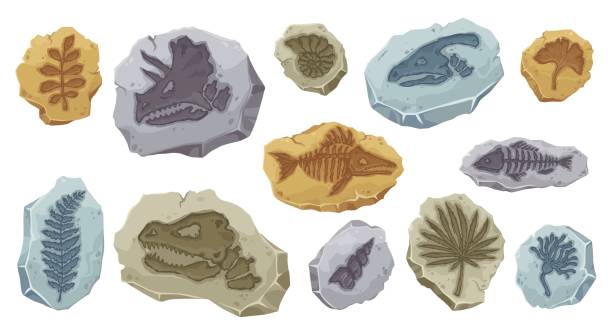
Dinosaur fossils of ancient fish skeleton and stone plant imprint, cartoon vector. Archeology fossil stones with prints of Jurassic dinosaur bones, fish and reptile with shells and extinct plants
Browse 3,100+ plant fossil stock illustrations and vector graphics available royalty-free, or search for power plant fossil fuel to find more great stock images and vector art.

Dinosaur fossils of ancient fish skeleton and stone plant imprint, cartoon vector. Archeology fossil stones with prints of Jurassic dinosaur bones, fish and reptile with shells and extinct plants

Fossil stone with dinosaur footprint, bone trace, leaf plant and fish imprint on rock, prehistoric seashell and different jurassic animal skeleton drawing pattern isolated vector illustration
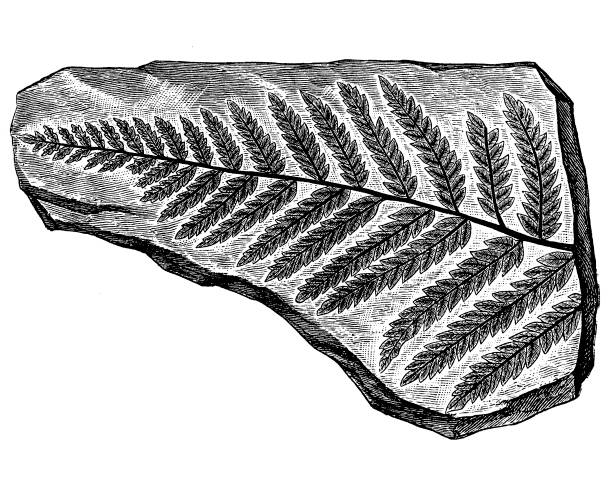
Illustration of a Fossil plant ,pecopteris dentata
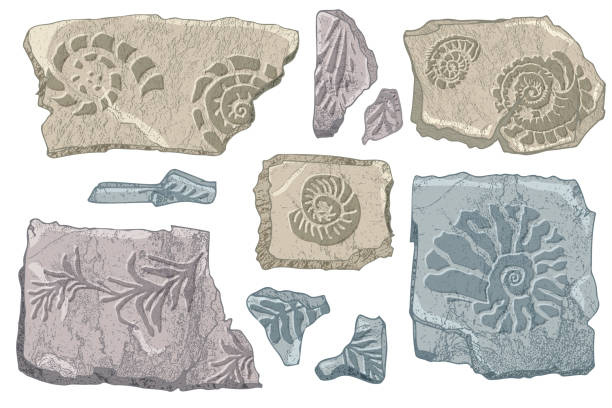
Set of stones seashells and plants Hand drawn ocean shell or conch mollusk scallop Sea underwater animal fossil Nautical and aquarium, marine theme. Vector illustration.

Dinosaurs bones, skeletons and skulls fossils set. Ancient creature monsters silhouette prehistoric archaeological footprint vector illustration
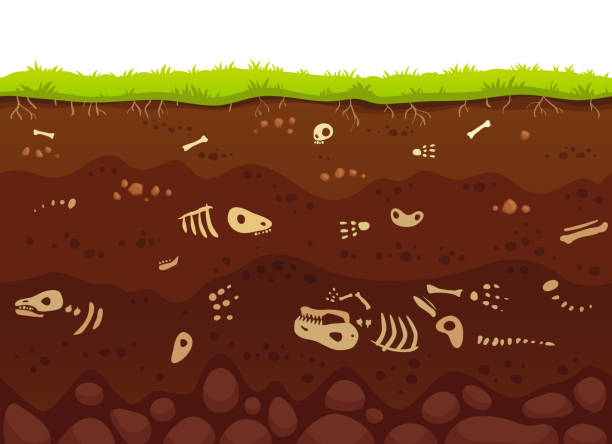
Archeology bones in soil layers. Buried fossil animals, dinosaur skeleton bone in dirt and underground clay layer or death lizard in dirty earth, geological vector cartoon illustration

Underground fossil. Subterranean fossils soil layers, geology archeologic dig artifacts under earth ground extinct animal bones prehistoric archeology, recent vector illustration of fossil geology

Prehistoric dinosaurs round shape with cartoon dino characters amidst a lush jurassic era landscape with greenery, trees, ferns, eggs, plants and rocks. Vector lively prehistoric ancient environment

Vector illustration of silhouette of dinosaurs on the Jurassic period landscape with mountains, volcano and tropical plants in flat cartoon style
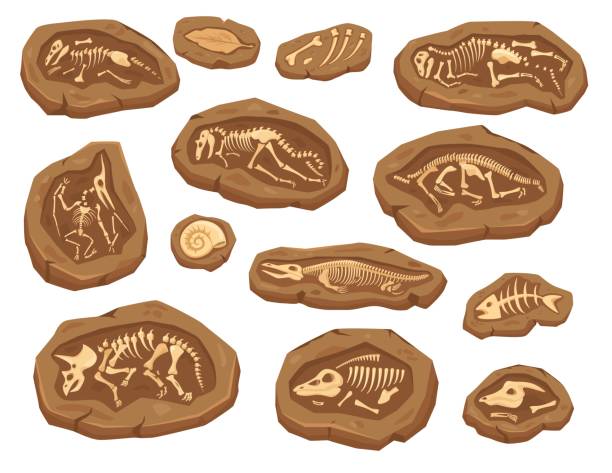
Cartoon dinosaurs fossils, ancient triceratops dinosaur skeleton. Ammonite and leaf fossil, paleontological excavation elements vector set. Large and small animal bones digging for museum

Fossils and plants from the Carboniferous period. Wood engravings, published in 1897.
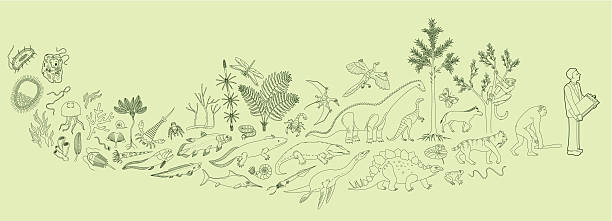
evolutionary history from cell to student

Hand drawn dinosaurs and relict plants with lettering. Jurassic reptiles flat character. Fantasy dino party invitation, flyer, banner concept. Vector illustration

Vector stroke Illustration. Various colors are grouped separately on separate layers, easily edited.
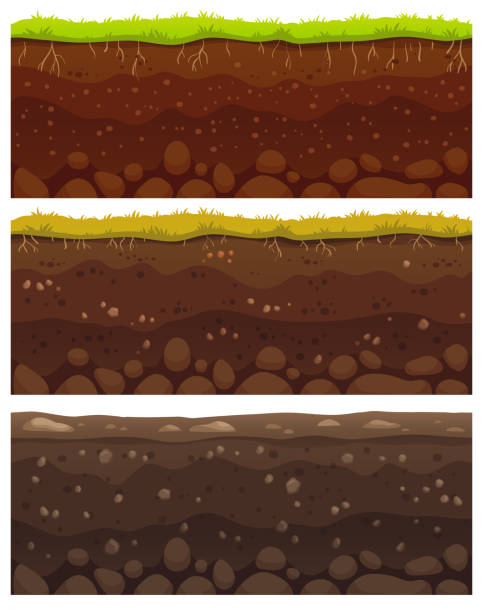
Seamless soil layers. Layered dirt clay, ground layer with stones and grass on dirts cliff texture, underground buried rock, archeology landscape cartoon vector pattern isolated set

Triassic dinosaur, fauna and flora presented in vector drawn illustrations
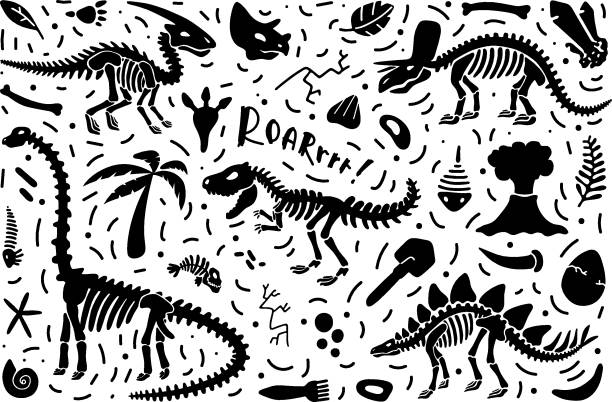
Collection of dinosaur skeletons and fossils, a set of plants, animals and paleontology elements isolated on white. Vector illustration for creating patterns, prints, web, postcards, t-shirts

Nature icon collection - vector illustration

Diatoms belong to a large group called the heterokonts, which include both autotrophs such as golden algae and kelp; and heterotrophs such as water moulds. They are a major component of marine phytoplankton and are the main primary producers of organic matter, thus forming a substantial part of the base of the food pyramid. As oxygen-producing phototrophs they generate a large part of the oxygen in the earth's atmosphere. There are around 6000 species today. However, it is believed that there are up to 100,000 species in total. Diatoms are mainly found in the sea and in freshwater in planktonic or benthic form, or they are found on stones or aquatic plants (epiphytes). Some species need pure and hardly polluted water and for this reason are also indicator organisms for unpolluted waters. Other species, in turn, which are also referred to as agricultural guilds, are typical of bodies of water that are particularly polluted by agricultural inputs, e.g. by overfertilization. Explanations in German. Wood engravings, published in 1893.

Black Stencil seashells and plants Seamless pattern Hand drawn art of ocean shell or conch mollusk scallop Sea underwater animal fossil Nautical and aquarium, marine theme. Vector illustration.
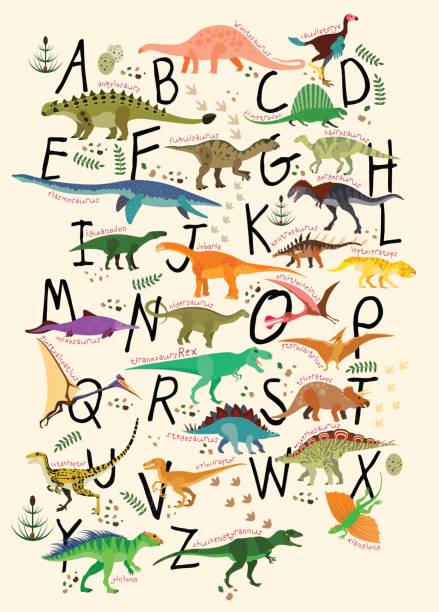
Learning Alphabets With Dinosaurs. ABC Dinosaurs. Vector Illustration

Diatoms belong to a large group called the heterokonts, which include both autotrophs such as golden algae and kelp; and heterotrophs such as water moulds. They are a major component of marine phytoplankton and are the main primary producers of organic matter, thus forming a substantial part of the base of the food pyramid. As oxygen-producing phototrophs they generate a large part of the oxygen in the earth's atmosphere. There are around 6000 species today. However, it is believed that there are up to 100,000 species in total. Diatoms are mainly found in the sea and in freshwater in planktonic or benthic form, or they are found on stones or aquatic plants (epiphytes). Some species need pure and hardly polluted water and for this reason are also indicator organisms for unpolluted waters. Other species, in turn, which are also referred to as agricultural guilds, are typical of bodies of water that are particularly polluted by agricultural inputs, e.g. by overfertilization. Explanations in German. Wood engravings, published in 1893.
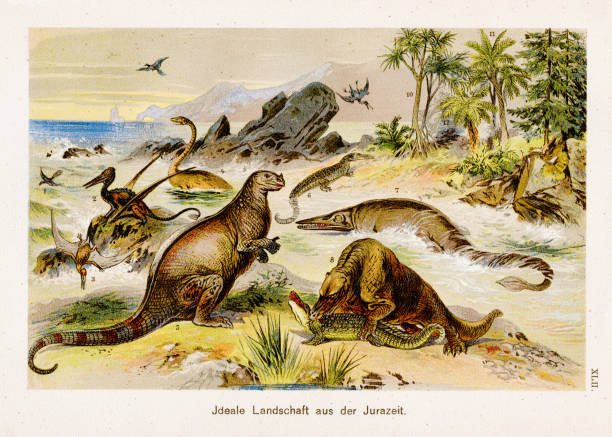
F. Martin's Natural History. Large edition. Revised by M. Kohler, 1899
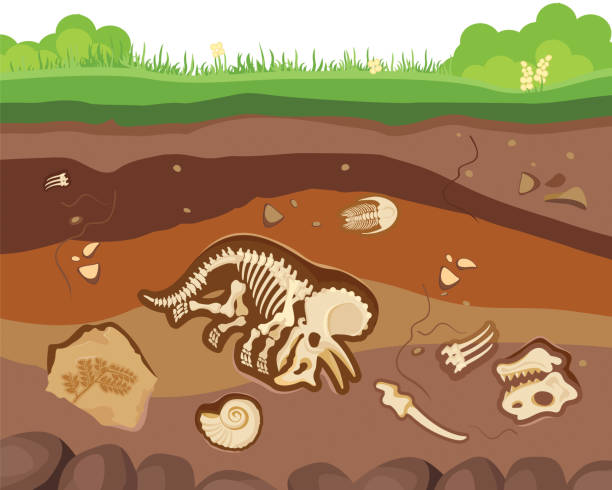
Soil ground layers with buried fossil animals, dinosaur, crustaceans and bones. Vector flat cartoon illustration

Dinosaur footprint, Volcano, Palm tree, Stones, Bone and other design elements. Vector illustration

Fossil stones with dinosaur footprint, silhouettes of ancient plants and prehistoric animals skeletons. Archaeology and paleontology icons with print of dino foot and fish in rock, vector cartoon set

Three different eras of Earth history. Fossil dinosaurs, elements for paleontology and archeology works. Scene with various animals bones in soil layers. Old dino skeletons buried underground.

Ancient dinosaur fossil, fish skeleton and plant imprint in stone. Vector prehistoric evolution items, archaeological dig set. Dino footprints, sea animals, and mollusk shells in ancient stone pieces

Fossil dig set. Dried soil collection with silhouettes of dinosaurs, sea animal and foliage. Archeology and paleontology. Ancient stone. Cartoon 3D vector illustrations isolated on white background
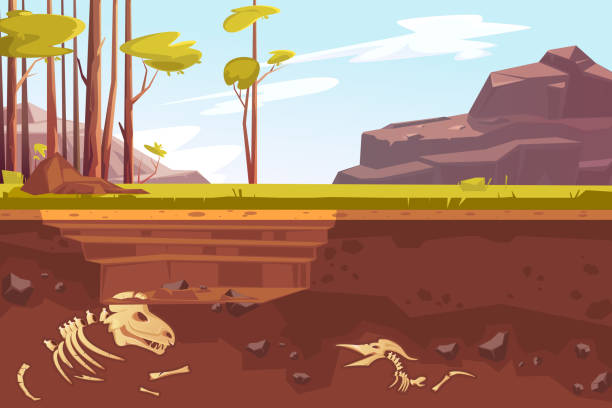
Archaeological excavations, cartoon vector illustration. Natural landscape with trees, mountains, green grass and dug pit. Underground soil with fossils, dinosaur skeleton in them, cross section
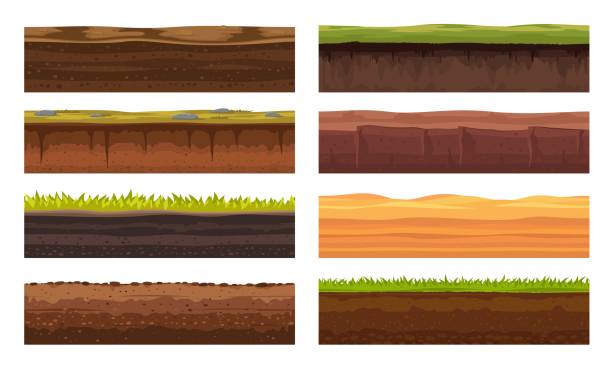
Soil ground or underground layers, grass, land and earth texture, vector seamless game level. Cartoon game landscape of soil ground and underground layers of sand hills, desert sand and stone surface

Archeology and paleontology flat vector illustration. Underground surface with dinosaur bones. Buried fossil animals, skeleton bone in dirt. Excavation scene, soil layers, historical artifacts
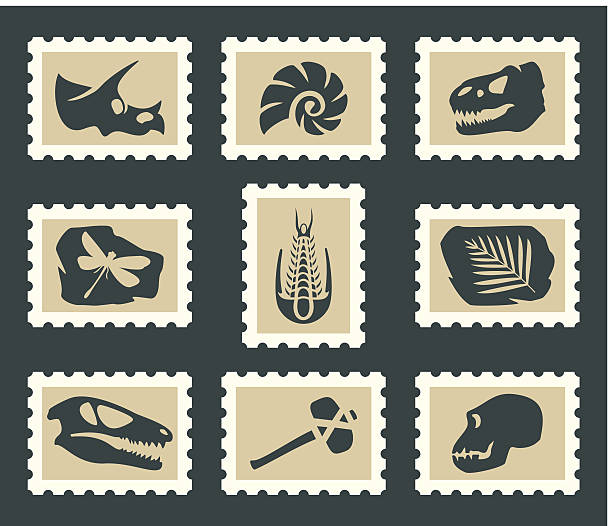
Prehistoric fossiles on postage stamps

Fossils and plants from the Triassic period. Wood engravings, published in 1897.

Cute and funny farm hen turkey character, cartoon vector illustration isolated on white background. Cartoon style turkey character, Thanksgiving Day symbol

Meyers Konversations-Lexikon. Ein Nachschlagewerk des allgemeinen Wissens, 5th edition 17 volumes Bibliographisches Institut - Leipzig 1895-1897

Illustration of a Fossil plants ,Annularia is a form taxon name given to leaves of Calamites

Archeology paleontology dinosaur fossil in soil layers vector background. Cartoon skeleton bones and skulls of tyrannosaurus, triceratops and diplodocus dinos. Dinosaur fossil, brown dirt and grass

Ground texture. Dirt and stones. Cartoon rock earth. Game floor. Brown land. Gray soil layers with dinosaur fossil skeleton bones. Street paving. Landscaping elements set. Vector seamless pattern
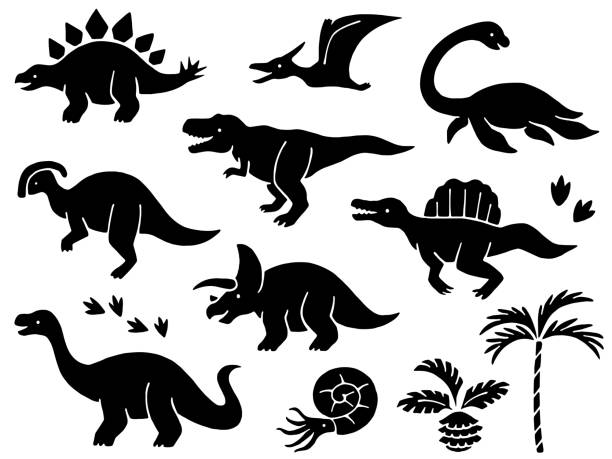
Illustration icon set of dinosaurs (hand drawn, silhouette)
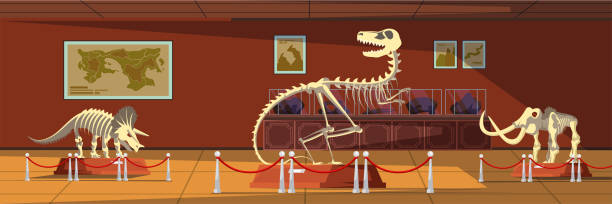
Extinct animals bones vector illustrations set. Prehistoric wildlife. Mammoth, tyrannosaurus rex and triceratops skeletons. Paleontology museum showpieces, ancient creatures remains exposition
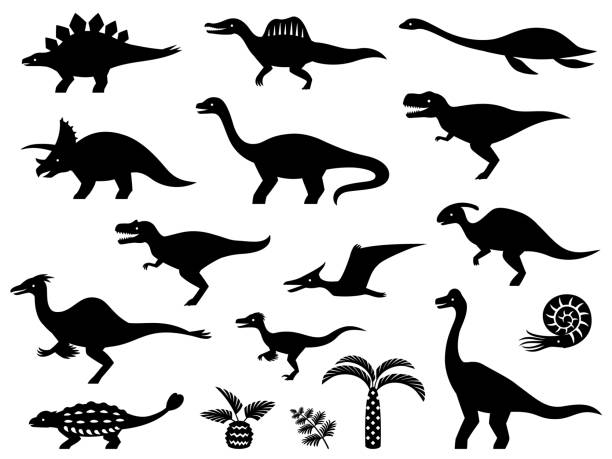
This is an illustration set of silhouettes of dinosaurs.

Vector illustration of Silhouette of a dinosaur in riverbank background

Seamless Patterns with Dinosaurs. Vector illustration. EPS 10

Dinosaur footprint, Volcano, Palm tree, Stones, Bone and other design elements. Vector illustration

Collection silhouettes of dinosaurs. Dino monsters icons. Prehistoric reptile monsters. Vector illustration isolated on white. Sketch set. Hand drawn dino skeletons.